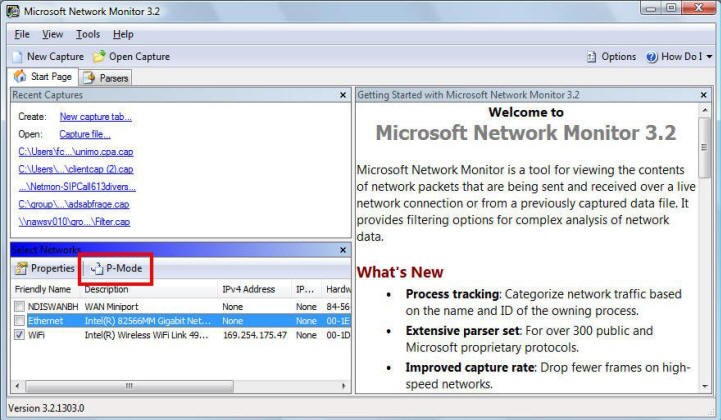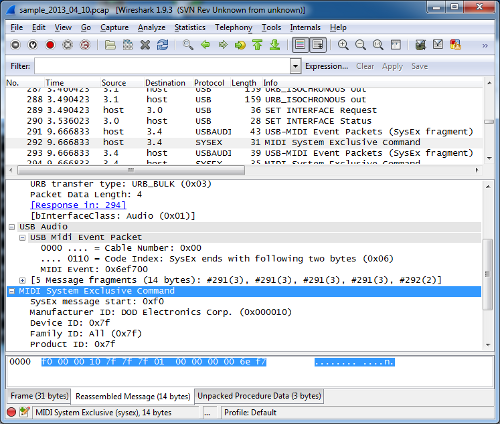
Windows Server 2012 file information notes Additionally, the dates and the times may change when you perform certain operations on the files. The dates and the times for these files on your local computer are displayed in your local time together with your current daylight saving time (DST) bias.

The dates and the times for these files are listed in Coordinated Universal Time (UTC).

The global version of this hotfix installs files that have the attributes that are listed in the following tables. This hotfix does not replace a previously released hotfix. You might need to restart the computer after you apply this hotfix. To apply this hotfix, you do not have to make any changes to the registry. To apply this hotfix, you must be running Windows Server 2012. If you do not see your language, it is because a hotfix is not available for that language. The "Hotfix Download Available" form displays the languages for which the hotfix is available. For a complete list of Microsoft Customer Service and Support telephone numbers or to create a separate service request, visit the following Microsoft website: The usual support costs will apply to additional support questions and issues that do not qualify for this specific hotfix. Note If additional issues occur or if any troubleshooting is required, you might have to create a separate service request. If this section does not appear, contact Microsoft Customer Service and Support to obtain the hotfix. If the hotfix is available for download, there is a "Hotfix Download Available" section at the top of this Knowledge Base article. Therefore, if you are not severely affected by this problem, we recommend that you wait for the next software update that contains this hotfix. This hotfix might receive additional testing. Apply this hotfix only to systems that are experiencing the problem described in this article. However, this hotfix is intended to correct only the problem that described in this article. Resolution Hotfix informationĪ supported hotfix is available from Microsoft. This issue occurs because the virtual switch does not deliver the packets to the mirroring destination port. In this scenario, the packet sniffing tool does not capture the packets between computer B and computer A. You run a packet sniffing tool on the VM. You set Mirroring Mode to Destination under the Port Mirroring section of Advanced Features in the VM's network settings. The two computers and the VM are in the same subnet. You have two computers (computer A and computer B) that both connect to the physical network.

You connect the VM to a virtual switch that is connected to a physical network. You create a virtual machine (VM) on a Windows Server 2012-based server that has the Hyper-V server role installed. Windows Server 2012 Datacenter Windows Server 2012 Datacenter Windows Server 2012 Standard Windows Server 2012 Standard More.


 0 kommentar(er)
0 kommentar(er)
